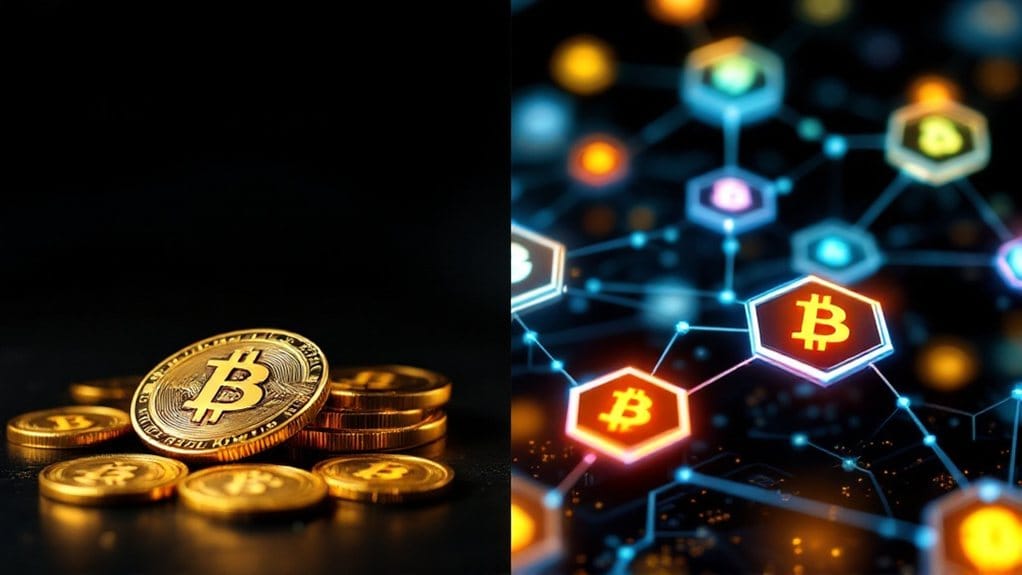Fractional ownership in NFTs enables multiple investors to purchase shares of high-value digital assets through blockchain-powered platforms like Fractional.art and Niftex. This innovative approach increases market liquidity, reduces investment barriers, and allows broader participation in the NFT space through transparent, secure smart contracts. Investors benefit from diversification opportunities, risk mitigation, and access to prestigious digital assets that were previously unattainable. The evolving landscape of fractional NFT ownership continues to transform digital asset investment strategies.

As the NFT market continues to evolve, fractional ownership has emerged as a groundbreaking innovation that democratizes access to high-value digital assets. This system enables multiple investors to own shares of a single NFT through blockchain technology and smart contracts, effectively breaking down expensive digital assets into smaller, more manageable investment units. Smart contracts ensure secure and transparent division of ownership throughout the fractionalization process.
The implementation of fractional ownership has transformed the NFT landscape by addressing several key market limitations. Through platforms like Fractional.art and Niftex, investors can now purchase portions of high-value NFTs, greatly lowering the barrier to entry for digital asset investment. These platforms utilize smart contracts to manage ownership rights, ensuring transparent and secure transactions while maintaining the integrity of the original asset. Professional appraisals are crucial for accurate asset valuation before the fractionalization process begins.
Fractional ownership revolutionizes NFT markets by enabling partial investment in valuable digital assets through secure, blockchain-powered platforms.
The impact of fractionalization extends beyond mere accessibility, fundamentally altering market dynamics and valuation mechanisms. By increasing liquidity and enabling more frequent trading of NFT shares, the market benefits from improved price discovery and stability. This democratization has attracted a broader range of investors, contributing to the general growth and maturation of the NFT ecosystem. The innovation provides clear ownership records through blockchain technology, ensuring transparency and authenticity for all fractional stakeholders.
Investors particularly benefit from the risk mitigation aspects of fractional ownership, as they can now diversify their portfolios across multiple high-value NFTs instead of concentrating resources in a single asset. The ability to own fractions of different NFTs allows for more sophisticated investment strategies, previously available only to wealthy collectors or institutional investors.
However, the fractional NFT market faces significant regulatory considerations that require careful navigation. The potential classification of fractionalized NFTs as securities in certain jurisdictions could impact trading mechanisms and ownership structures. Moreover, governance challenges may arise when multiple parties hold ownership stakes in a single asset, necessitating clear frameworks for decision-making and conflict resolution.
Despite these challenges, the innovation continues to drive market expansion and technological advancement in the NFT space. The combination of increased accessibility, improved liquidity, and risk mitigation capabilities positions fractional ownership as a vital development in the evolution of digital asset markets, promising to shape the future of NFT investment and ownership structures.
FAQs
How Are Disputes Between Fractional NFT Owners Resolved?
Disputes between fractional NFT owners are resolved through multiple mechanisms: smart contracts with predefined governance rules, DAO-based voting systems for collective decision-making, and traditional arbitration processes.
Technical conflicts can be addressed through platform-specific dispute resolution forums, while legal matters may require jurisdiction-specific solutions, such as the DIFC Courts in the UAE.
Community engagement and mediation services often facilitate consensus-building among fractional owners, supported by clear written agreements and regulatory compliance measures.
Can Fractional NFT Ownership Affect the Original Artwork’s Value?
Fractional NFT ownership can considerably impact an artwork’s original value through multiple mechanisms.
Market dynamics typically show increased visibility and liquidity when artworks are fractionalized, potentially driving up total valuation.
However, excessive fractionalization may dilute exclusivity, a key factor in luxury collectibles.
The relationship between ownership structure and value depends largely on market perception, trading volume, and the artwork’s inherent cultural significance.
What Happens if One Co-Owner Wants to Sell Their Share?
When a co-owner decides to sell their share of an NFT, they can list it on specialized platforms or tertiary markets, where the price is determined by market dynamics and the original NFT’s value.
The selling process typically involves smart contracts that automatically validate ownership rights and transfer shares to new buyers.
Co-owners may have primary right of refusal, allowing them to purchase the share before external buyers, depending on the governance rules established.
Are There Minimum Investment Requirements for Fractional NFT Ownership?
Minimum investment requirements for fractional NFT ownership vary by platform. While some platforms like Fractional.art have no minimum threshold, others may set entry points ranging from a few dollars to hundreds.
The investment floor typically depends on:
- Total value of the NFT being fractionalized
- Number of fractions created
- Platform-specific policies
- Market demand for specific fractions
Most platforms prioritize accessibility, allowing investors to start with minimal capital investment.
How Are Voting Rights Distributed Among Fractional NFT Owners?
Voting rights in fractional NFT ownership are typically distributed proportionally to ownership percentage, with larger stakeholders wielding more influence in decisions.
Smart contracts govern these mechanisms, automatically enforcing voting power based on each holder’s share.
Major decisions, such as selling or utilizing the NFT, often require majority consensus through blockchain-verified voting processes, while some platforms implement governance frameworks to protect minority stakeholders’ interests.









